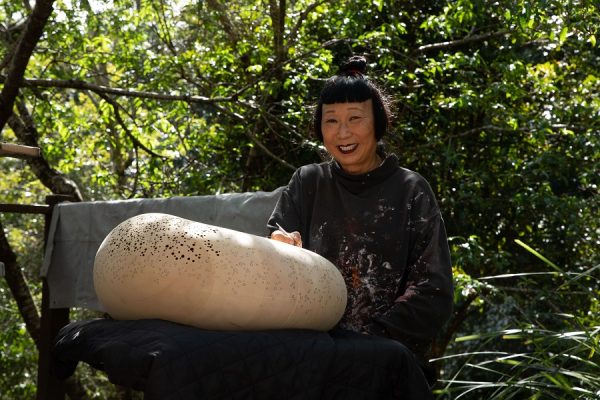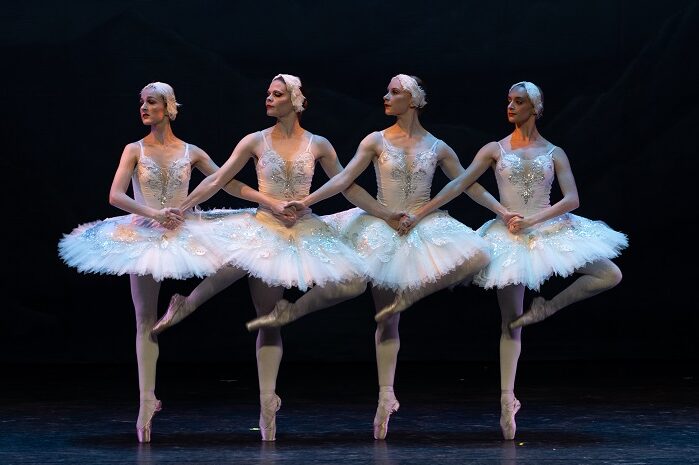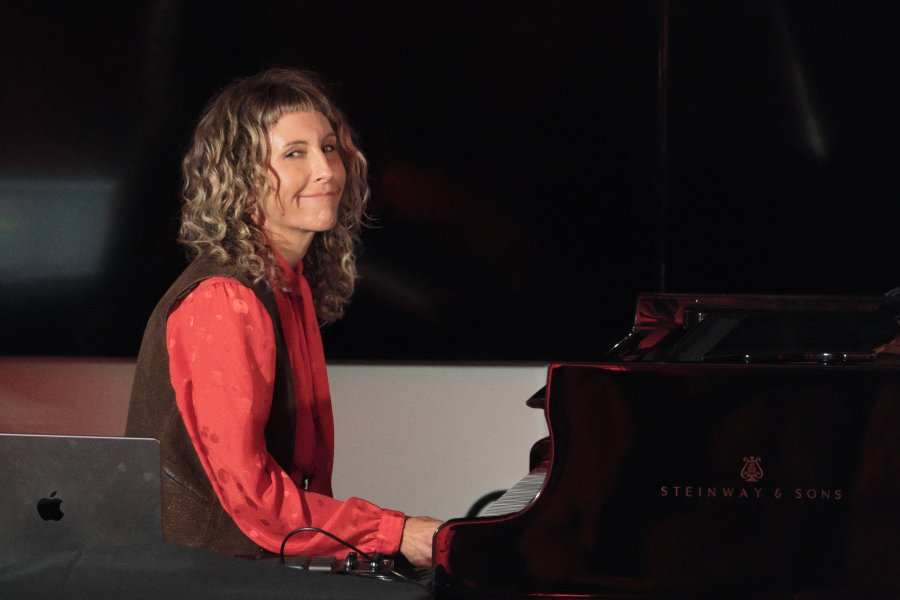
AN immersive, public sculpture described by the artists as “a dance between something that is solid and something that is just drifting off into stardust” has been commissioned for the National Gallery of Australia’s 40th anniversary.
“Ouroboros”, to be created by Australian artist Lindy Lee, will be constructed from mirror polished stainless steel, around four metres high and weighing approximately 13 tonnes.
The proposed work will feature at the National Gallery’s main entrance, near the corner of King Edward Terrace and Parkes Place East in the Canberra suburb of Parkes, and will be accessible day and night. It will be the first commission for the National Gallery’s Sculpture Garden since the opening of James Turrell’s Skyspace, “Within without”, in 2010 and forms part of the National Gallery’s plan to renew the gardens, which were established 40 years ago.
With a total budget of $14 million, it will be the biggest investment in a work ever by the gallery and will be funded through its Collection Development Fund.

Based on an ancient, universal symbol of a serpent or dragon eating its own tail, the Ouroboros was first seen on inscriptions in Tutankhamun‘s tomb, will become a new public gateway for visitors to the NGA. People will be able enter the “mouth” and walk into the curved space to experience darkness that is illuminated by light beams emanating from the hundreds of thousands of perforations on its surface.
“Ouroboros” will also be a sustainable sculpture, incorporating recycled materials, maximising renewable energy, and work to minimise its carbon impact.
Director Nick Mitzevich, described Lee’s sculpture as a “bold, experiential work… a signature project for the National Gallery as it looks to the future,” adding that in his view it would represent a defining moment in the institution’s history, reflecting and responding to contemporary Australia.

Brisbane-born Lee, who uses her work to explore her Chinese ancestry through Taoism and Ch’an (Zen) Buddhism, said: “The Ouroboros is symbolic of repetition and renewal, of the abundance of cyclical time, eternal flow, unity of the beginning and the end, transformation and alchemy.”
“During the day its highly polished mirror surface will reflect the imagery of the floating world. The transience of passers-by, cars, birds in flight, and stunning clouds. And at night the Ouroboros will be lit internally, returning its light to the world.”
After National Capital Authority approval for the works, which will begin this month, the work is expected to be completed in early 2024.
Who can be trusted?
In a world of spin and confusion, there’s never been a more important time to support independent journalism in Canberra.
If you trust our work online and want to enforce the power of independent voices, I invite you to make a small contribution.
Every dollar of support is invested back into our journalism to help keep citynews.com.au strong and free.
Thank you,
Ian Meikle, editor








Leave a Reply